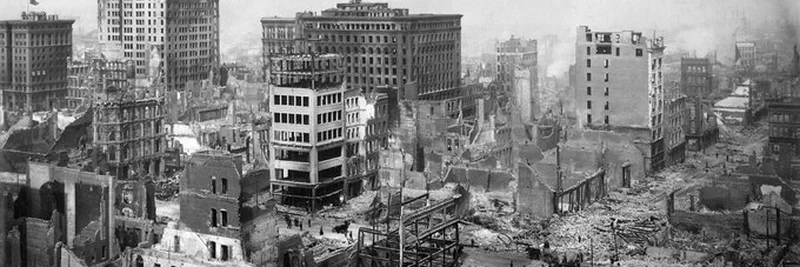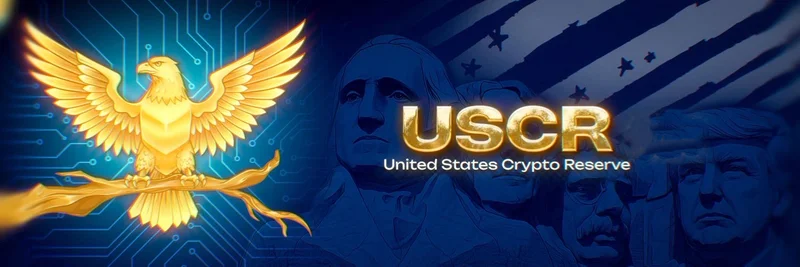Ever wondered how a single event could flip an entire industry upside down? The 1906 San Francisco earthquake did just that, leaving a lasting mark on both insurance and banking that still echoes today. Shared by Sheel Mohnot on X, this thread dives into a wild piece of history that’s equal parts disaster story and entrepreneurial triumph.
The Earthquake That Changed Everything
On April 18, 1906, a massive 8.25-magnitude earthquake hit San Francisco, leveling 80% of the city. But the real chaos came after—fires raged for three days, fueled by a shocking twist: some building owners deliberately set their properties ablaze. Why? Back then, insurance policies covered fire damage but not earthquake damage. Word spread fast, and people started burning down their own buildings to cash in. This led to 98% of the losses being attributed to fires rather than the quake itself.
The financial toll was staggering—about $10 billion in today’s dollars, with 100,000 claims filed. This wiped out 50 years of profits for the insurance industry and drove 20 companies, including ones in Austria and Germany, into bankruptcy. Claims paid out were a whopping 100 times the annual policy premiums, a blow that forced the industry to rethink its approach.
A Turning Point for Insurance
This disaster birthed a new concept: "fire following earthquake" as a specified peril in insurance contracts. It also highlighted the importance of named perils and exclusions, shaping how policies are written today. One standout player was Lloyds of London, which earned its reputation by paying all policyholders in full, regardless of policy terms. This bold move, led by underwriter Cuthbert Heath, turned skepticism about overseas insurers into trust, boosting Lloyds’ global standing and sparking a surge in insurance policy purchases in cities like London, Paris, and Berlin.
The Birth of a Banking Giant
Amid the rubble, one man saw opportunity. A.P. Giannini, founder of the Bank of Italy (later Bank of America), turned disaster into a launchpad. While most banks shut down with sealed vaults, Giannini smuggled cash out in a vegetable cart to protect it from looters. He then set up a makeshift desk on a wharf, lending money without collateral to desperate residents. Miraculously, he got every penny back, cementing the Bank of Italy’s success. By Giannini’s death in 1949, it had grown into the world’s largest bank.
Lessons for Today
Fast forward to 2025, and the scale of claims has ballooned. The LA fires earlier this year racked up over $100 billion in losses, a stark contrast to 1906 when most people weren’t insured. This historical event not only changed how we handle insurance but also showed how resilience and innovation can rise from the ashes—literally.
This San Francisco lore is just the tip of the iceberg. With so much history to unpack, it’s no wonder users on X are calling for a daily series on this topic. What other hidden gems from the past might reshape our future? Stay tuned to meme-insider.com for more insights where history meets innovation!




